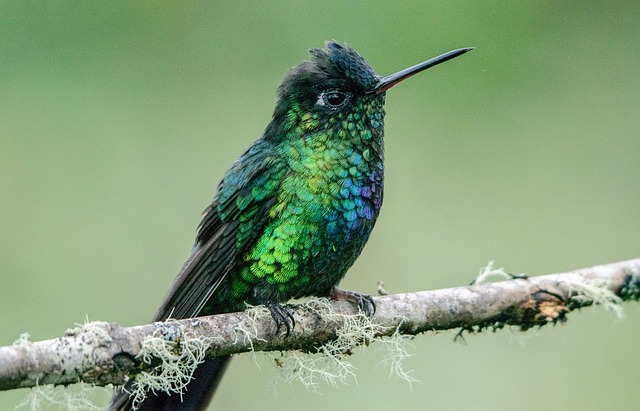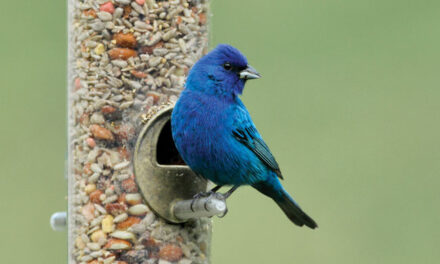Image by marvinbla from Pixabay
As early as February, many hummingbirds migrate north from Central America or Mexico to their breeding grounds in the southern United States. As they fly during the day, they can easily spot and stop at nectar sources along the way by flying low. Hummingbirds are skilled in using tail winds to minimize their energy consumption and reach their destination faster. Research suggests that these tiny birds can cover up to 23 miles in a single day.
During migration, a hummingbird’s heart rate can soar up to 1,260 beats per minute, while their wings flap at a remarkable rate of 15 to 80 times per second. To sustain this high energy level, hummingbirds generally increase their body weight by 25-40% before setting off on their journey over land and water.
Typically, male hummingbirds are the first to arrive at their breeding grounds in the spring. However, some hummingbirds choose not to migrate and remain in certain areas such as California, the upper Pacific coast, the southern parts of Gulf of Mexico states, and some regions along the southern Atlantic Ocean.
Remember never to use red dye when making hummingbird food
1 cup of regular sugar heat up with 4 cups of filtered water, let it cool and fill your feeders. Remember to change them at least twice a week. You can make extra and it should last about 2 weeks in the fridge.




















